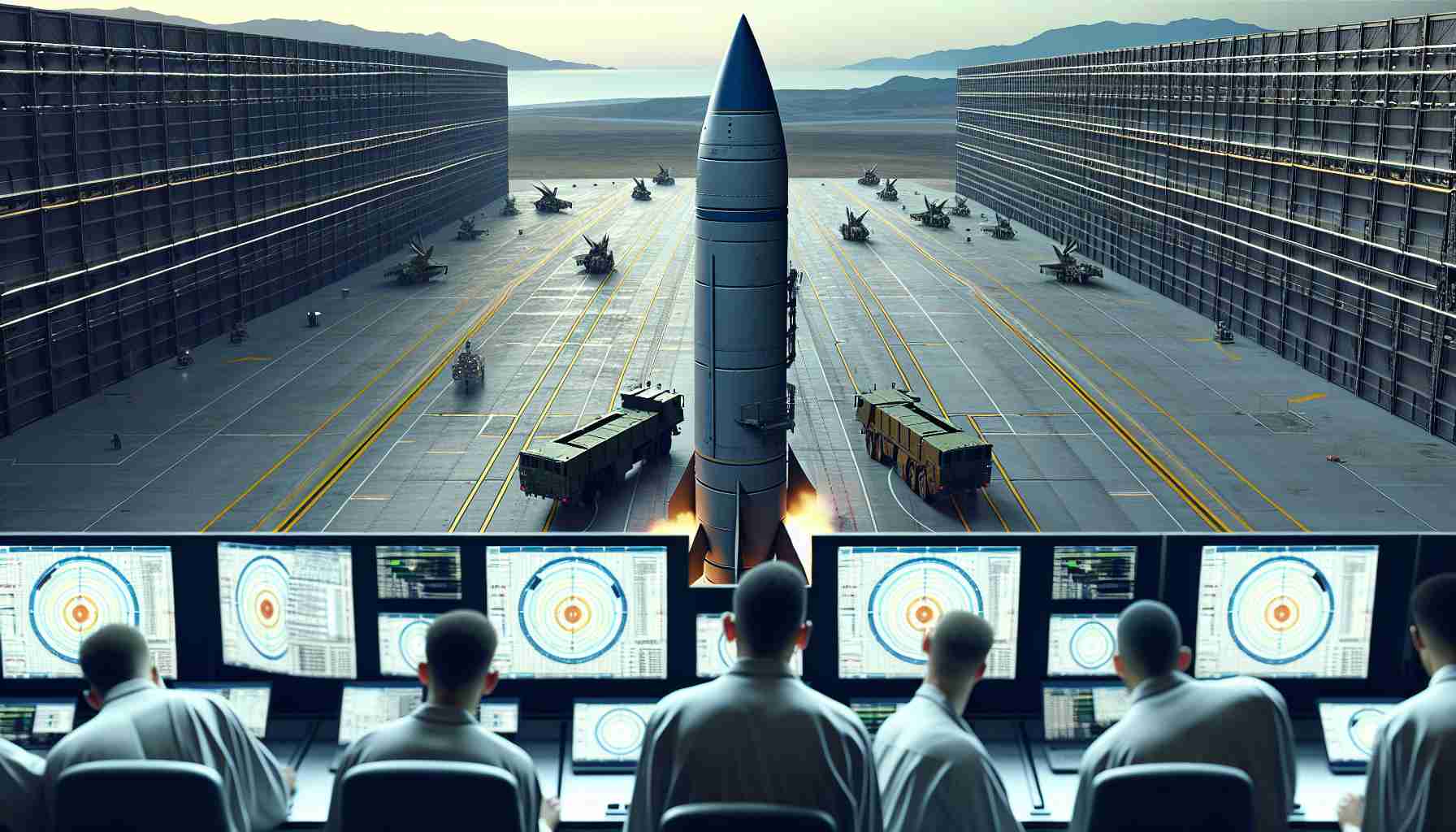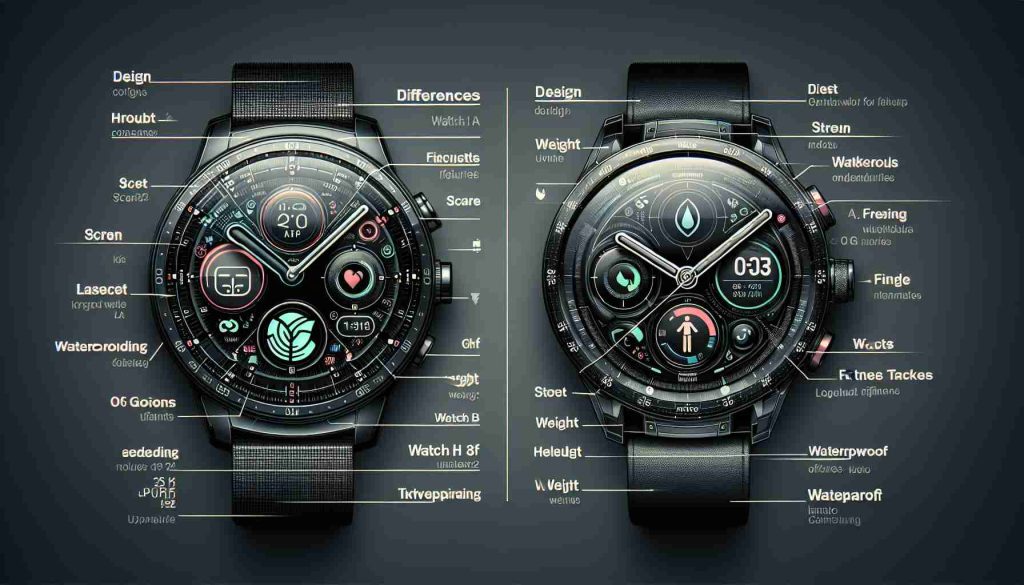The effectiveness of missile defense systems has become a crucial topic in geopolitical discussions, particularly with the increasing threats from various global actors. Among these defense systems, the Patriot missile system, developed by Raytheon, has been a centerpiece in the defense strategies of numerous countries. In this article, we will examine the capabilities of Patriot missiles and their role in contemporary defense scenarios.
The Patriot missile system was first introduced in the early 1980s, designed primarily to intercept tactical ballistic missiles, cruise missiles, and advanced aircraft. Over the years, the system has undergone several upgrades, notably with the introduction of the Patriot Advanced Capability (PAC-2 and PAC-3) versions, which significantly enhanced the system’s performance. The PAC-3 variant, for instance, employs a hit-to-kill approach, meaning it can destroy incoming threats through direct collision, rather than simply detonating nearby.
One of the essential features of the Patriot missile system is its multilayered defense capability. This allows for simultaneous engagement of multiple targets, which is vital in a scenario where an adversary might launch several missiles at once. The system utilizes advanced radar technologies, such as the AN/MPQ-53 and AN/MPQ-65, which can track incoming threats at various altitudes and provide cueing data to interceptors efficiently. This capability is critical for ensuring the protection of strategic assets and civilian populations.
Moreover, the Patriot missile system has a proven track record in combat situations. Its most noteworthy performance occurred during the Gulf War in 1991, where it was utilized to defend against Iraqi Scud missiles. According to various reports, the system achieved a success rate that, while debated, demonstrated its potential effectiveness in real combat conditions. Since then, various countries have adopted the system, reinforcing its reputation as a reliable defense mechanism.
The growing concern about modern threats, including hypersonic missiles and drones, has prompted further improvements to the Patriot system. In response to these challenges, the U.S. has worked on integrating newer technologies and systems that enhance the Patriot’s interception capabilities. This includes collaborations with other defense systems like the Terminal High Altitude Area Defense (THAAD) and the Aegis Ballistic Missile Defense, creating a more robust and adaptable defense network.
In addition to its technical advancements, the deployment of Patriot missile systems serves a strategic purpose. Countries that invest in these technologies often enhance their security posture and deter potential aggressors. Furthermore, the deployment of Patriot systems can act as a stabilizing factor in regions with high tensions, as it signals a nation’s commitment to defending its sovereignty and protecting its allies.
In conclusion, the Patriot missile system’s capabilities signify its vital role in modern missile defense strategies. With continuous improvements and robust operational history, it stands as a key asset for nations looking to safeguard against a range of aerial threats. As global security dynamics evolve, the relevance of such advanced defense systems will likely persist, making the evaluation of their capabilities an ongoing necessity in international defense discussions.
Essential Insights on Missile Defense: Tips and Interesting Facts
As the discussion around missile defense systems, particularly the Patriot missile system, continues to gain traction, it’s important for readers to understand not just the technology, but also how they can stay informed and involved. Here are some fascinating tips, life hacks, and interesting facts related to missile defense and its broader implications.
1. Stay Updated on Defense Technology
Keeping abreast of the latest developments in defense technology can enhance your understanding of global security dynamics. Follow reputable defense and security news outlets online. You can subscribe to newsletters or set Google alerts for terms like “missile defense,” “Patriot missile system,” or “geopolitical threats” to receive regular updates.
2. Explore Historical Context
Understanding the history of missile defense systems can give you valuable insights into their evolution. Research the early days of missile technology and major conflicts in which systems like the Patriot played essential roles, such as the Gulf War. This understanding can help you contextualize current events. Consider visiting reputable sites that offer detailed analyses on military history, like Military History.
3. Engage with Educational Resources
There are various educational resources available online, including MOOCs (Massive Open Online Courses) that focus on international relations, defense strategies, and military history. Platforms like Coursera or edX may offer courses related to defense technology which can enrich your knowledge.
4. Participate in Discussions
Engage in forums and discussion groups focused on military technology and geopolitics. Platforms like Reddit and various defense blogs often have communities where enthusiasts and experts discuss recent developments, challenges, and strategies regarding missile defense.
5. Familiarize Yourself with Key Terms
Understanding key terminologies such as interceptors, hit-to-kill technology, and multilayered defense can help demystify discussions around missile defense systems. Make a glossary of terms and refer to it as you consume related content.
6. Support Defense Initiatives
If you’re passionate about enhancing national and global security, consider supporting initiatives or organizations that advocate for responsible defense funding, technology advancements, and public education on defense issues.
Interesting Fact:
Did you know that the success of the Patriot missile system during the Gulf War led to significant international interest? Many countries have since adopted similar systems, often under the influence of geopolitical alliances and treaties.
7. Learn about the Future of Defense
As technologies evolve, so do threats. Research advancements related to emerging threats like hypersonic missiles and drones. Understanding how defense systems adapt to such threats is crucial for comprehending future defense strategies.
8. Follow Military Exercises and Collaborations
Observe military exercises involving multiple nations that use systems like the Patriot for real-time training and improvements. Through these exercises, countries test their integrated defense capabilities, making for fascinating case studies.
In conclusion, the world of missile defense is complex and ever-evolving. By staying informed, participating in discussions, and continuously educating yourself, you can better understand the implications of systems like the Patriot and their role in global security. For more insights on military technologies and discussions around defense systems, visit Defense.gov.


























